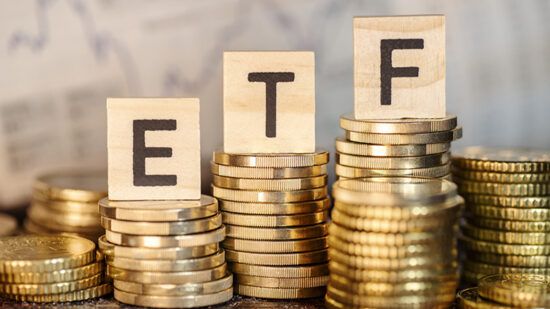The latest statistics from Germany’s Federal Statistical Office (Destatis) indicates that inflation during last month reached 2.3% year-on-year.
According to Destatis, the preceding release of statistics indicated an inflation rate of 2.2% between June 2023 and June 2024. Along with this one-tenth percentage point increase, and nearly reaching the preferred figure of 2%, the inflation rate excluding food and energy actually reached 2.9%.
The news elsewhere across Germany is that the number of people unemployed across the country rose by 82,100 in July. This brings the total joblessness within the country to just over 2.8 million. Based on the nation’s current population, this would indicate an unemployment rate of 3.3%, about 1.1 percentage points lower than the UK.
See also: Geopolitical unrest leads to European food tech investment lows
Analysing the situation, Carsten Brzeski, global head of macro at ING, wrote: “The seasonally-adjusted unemployment rate remained unchanged at 6%. Even though the headline numbers are still strong, there is a clear negative trend underneath. Today’s report was the second-worst July report since 2004. The monthly increase in the number of unemployed was only stronger in July 2022.”
He added: “The strong labour market has been an important driver of the economy’s resilience over the last few years. Employment is still moving from one record high to the next with more than 46 million people now working. However, even this job growth was not enough to prevent private consumption from shrinking in 2023 and still remaining weak in the first half of 2024, suggesting that job growth mainly took place in part-time and low-wage jobs.”
Elsewhere for ING, Brzeski wrote this week about how Germany is the ‘growth laggard of the eurozone’, given that the nation’s GDP growth retracted in the second quarter of the year. The first quarter of the year saw a small, tentative increase to reach 0.2% quarter-on-quarter. However, the second quarter of the year saw a 0.1% fall in GDP.
Brzeski wrote that the assumption was that investment and the construction sector were the biggest drags on the sector.







